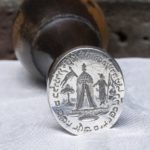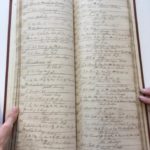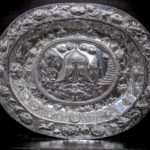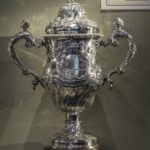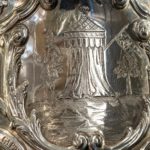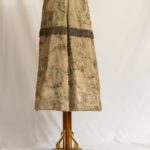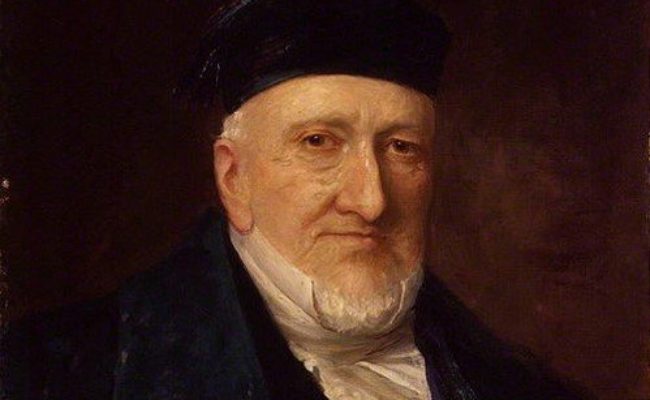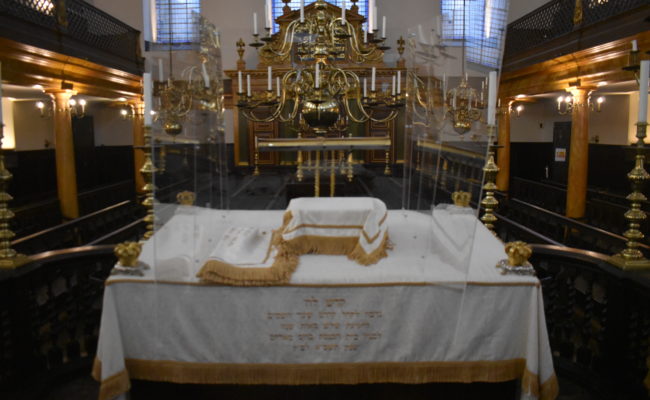Gallery 2: Bevis Marks and the City. Integration and acceptance
Bevis Marks has always looked outside of itself. It has played a key role over the centuries in the wider growth of Anglo Jewry – for example, it was instrumental in joining forces with the Ashkenazic Community to formalise the Board of Deputies of British Jews in 1863.
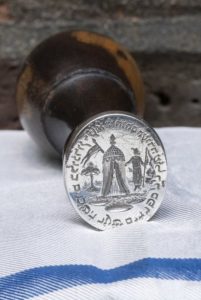
Seal of the Congregation, 1800. The arms of the congregation and Hebrew inscription.
Bevis Marks immediately integrated into the life of the City and wanted to seek acceptance and to fulfil its obligations to the community around it – not only the Jewish community, but to all people.
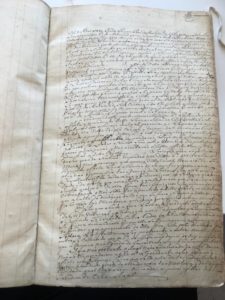
Villa Real School: Administration Report of the trust founded by Isaac da Costa Villa Real to establish a school for poor orphan girls. 1729-1730. The Report includes a copy of the relevant parts of his will, the minutes of a committee formed to carry it out, and the steps taken.
It wanted to support those who were less fortunate, and this was manifested in setting up schools including one for poor orphan girls, an orphanage and care facilities, including a hospital.
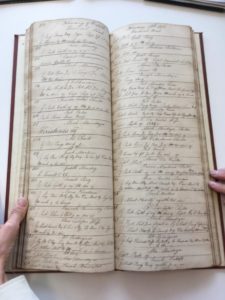
Beth Holim Hospital prescription book giving medical treatments, given 1832-1833.
The community was eventually accepted into the City after originally not being allowed to trade and there being a limit to the number of Jews who could act as brokers at The Exchange. Jews could not hold public office until the 19th century. Despite this, a special relationship grew with the Corporation and City of London.
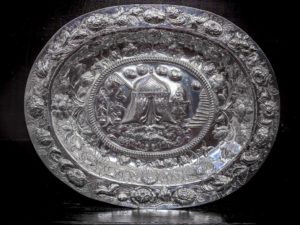
English, Silver, Lord Mayor’s Dish, Robert Hill, London, 1728. Originally presented by Congregation of Spanish and Portuguese Synagogue to Sir Edward Becher, the Lord Mayor of London in 1728.
Some of the finest silver items have an interesting connection to the Lord Mayor of London and the City. The synagogue has always highly valued its position in the heart of the City, and this manifested itself through an annual gift from the synagogue to the Lord Mayor.

Lord Mayors Cup. Presented to Richard Hoare, a banker of Fleet Street, who was an alderman of the City of London in the early 1740s and the Lord Mayor 1745-46. The chased panels on either side of the cup have been linked to the figures on the then recently completed pediment of the Mansion House by Robert Taylor in 1744. Hoare used the annual gift from the Bevis Marks synagogue to fund the cup, as per tradition.
The community also commissioned items for the synagogue from prominent craftsmen working close by to the City in Spitalfields, particularly Huguenot silversmiths and textile weavers.
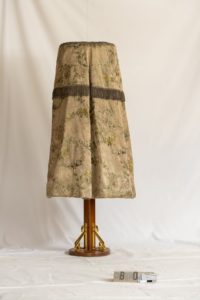
Torah Mantle and Matching Binder Circa. 1755-60, Floral silver gilt silk, French fabric, remade from a dress in Huguenot silk.
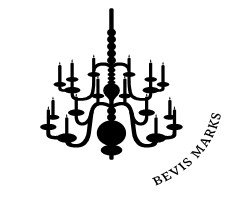 Author: Bevis Marks Synagogue
Author: Bevis Marks Synagogue
